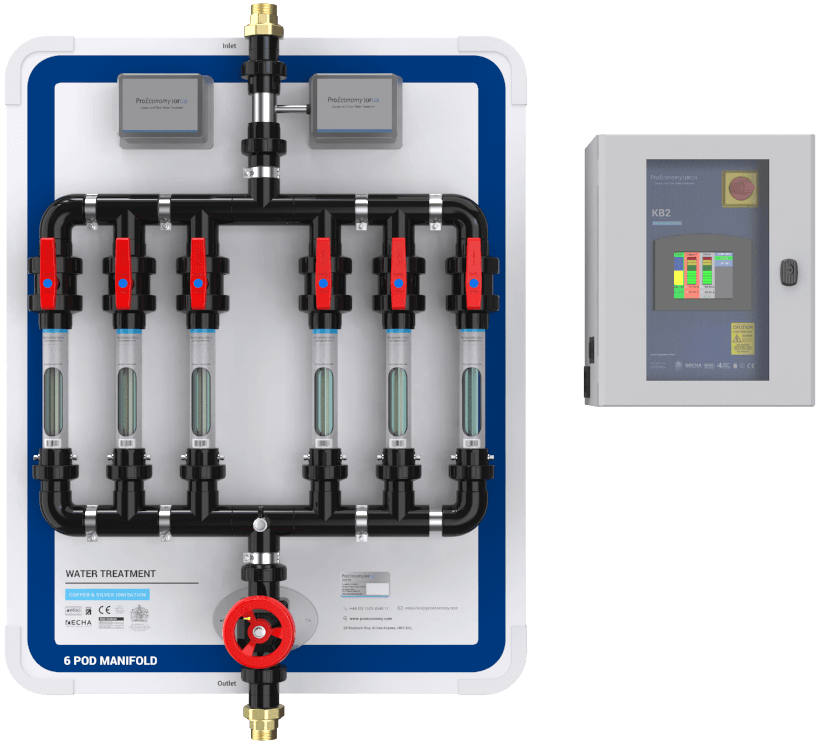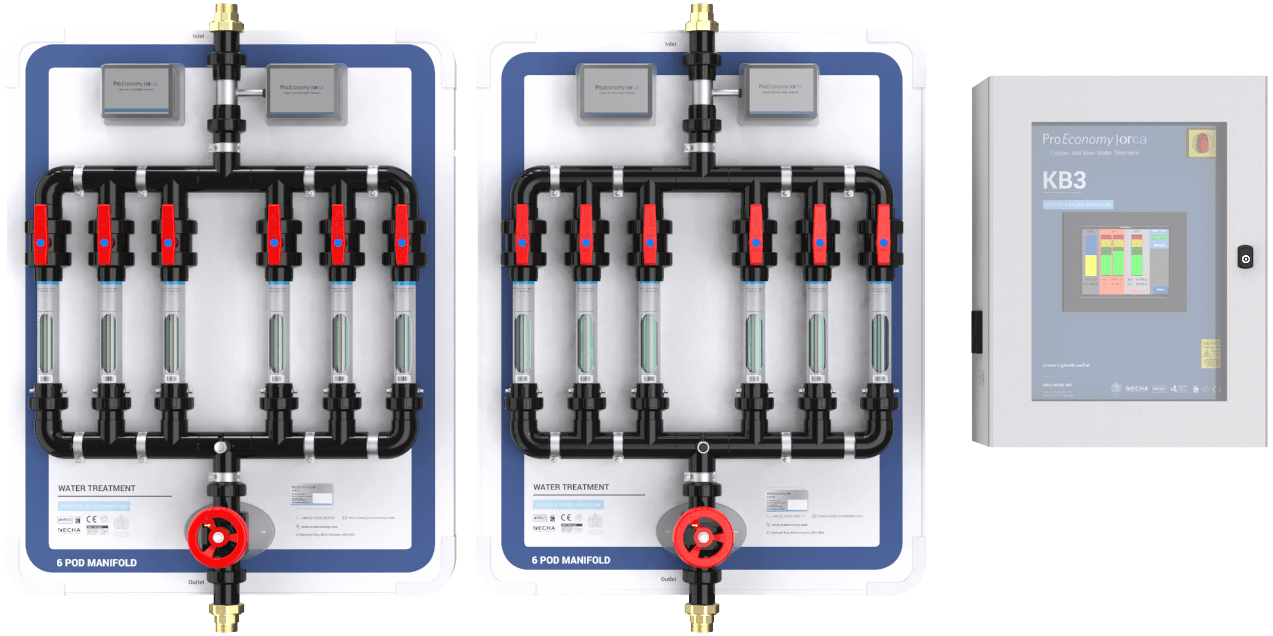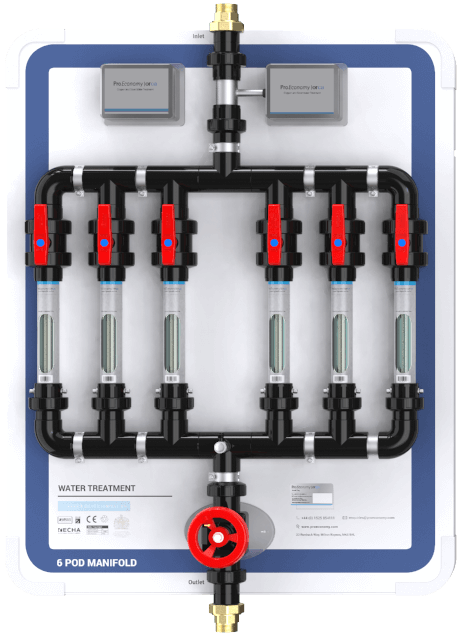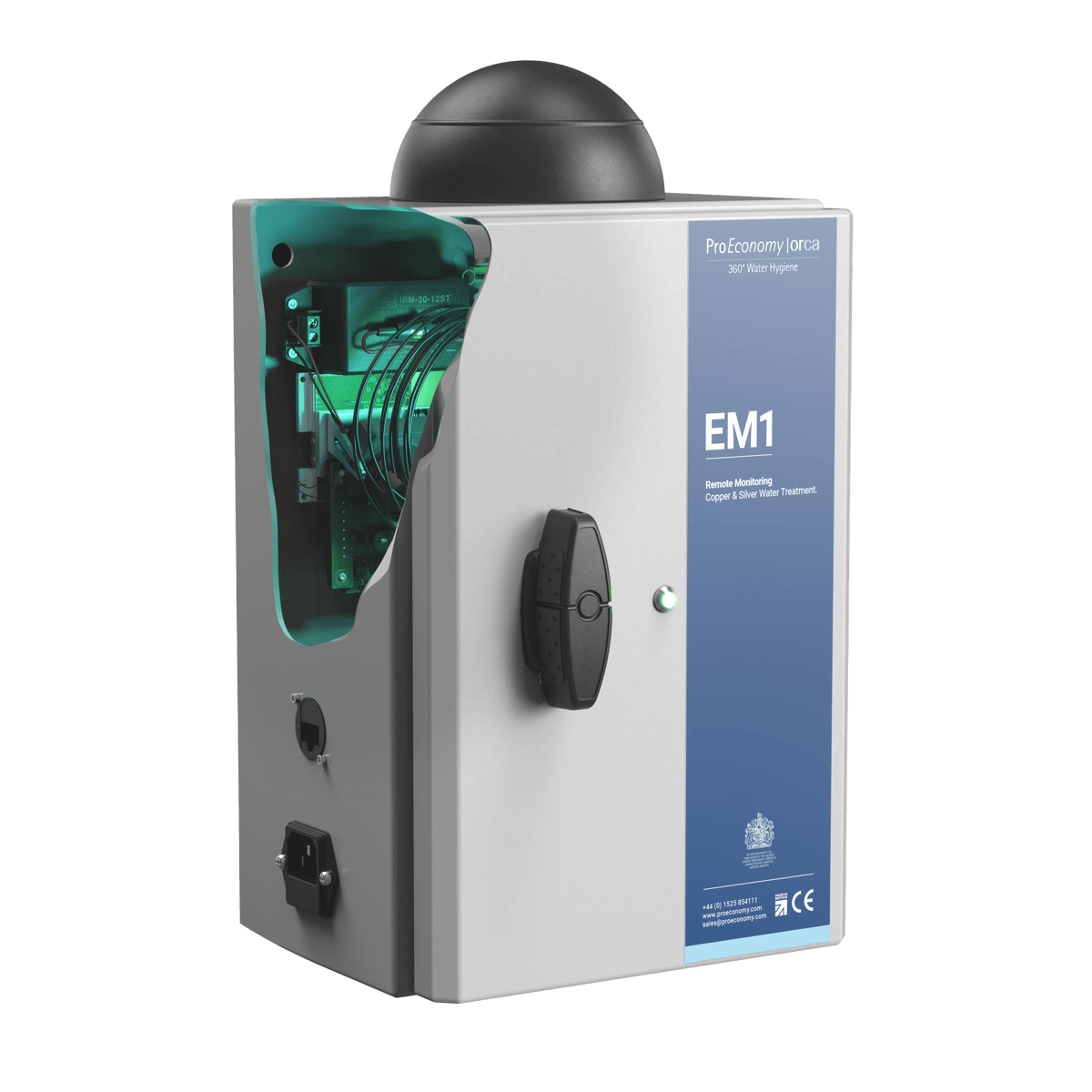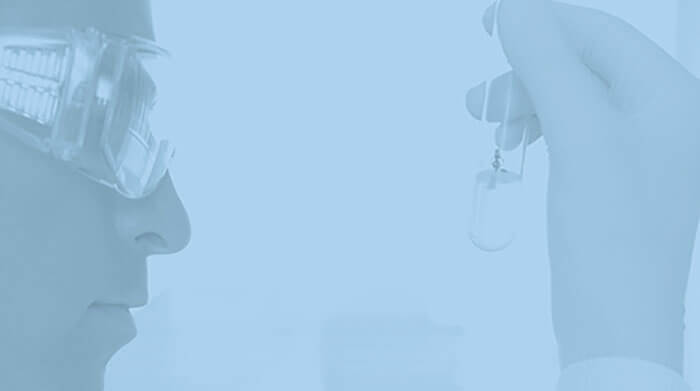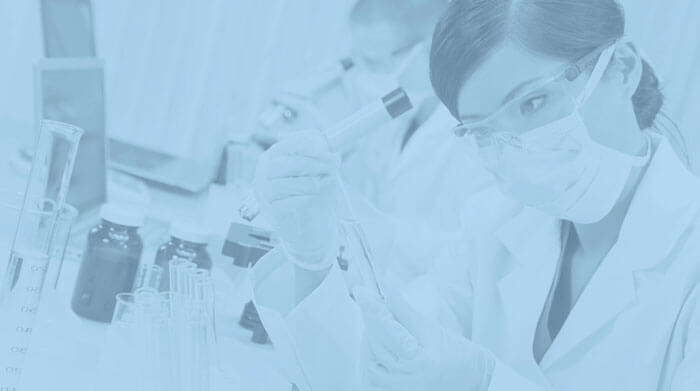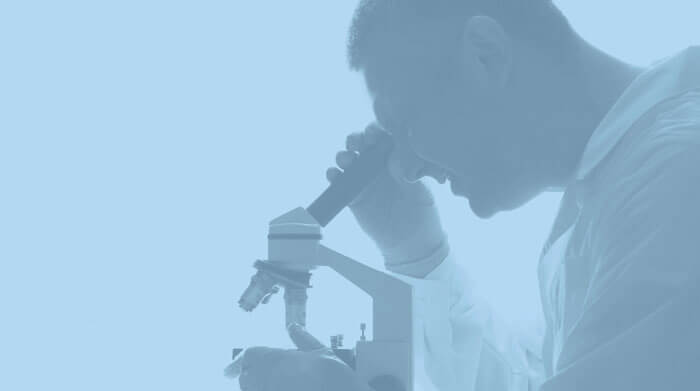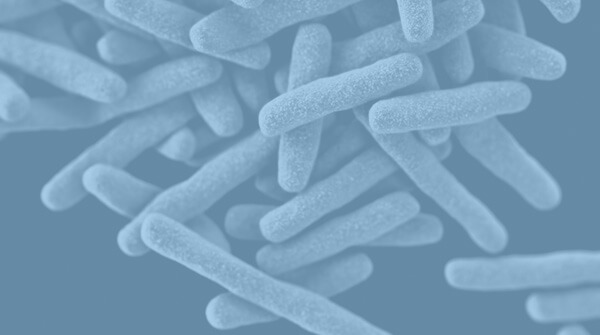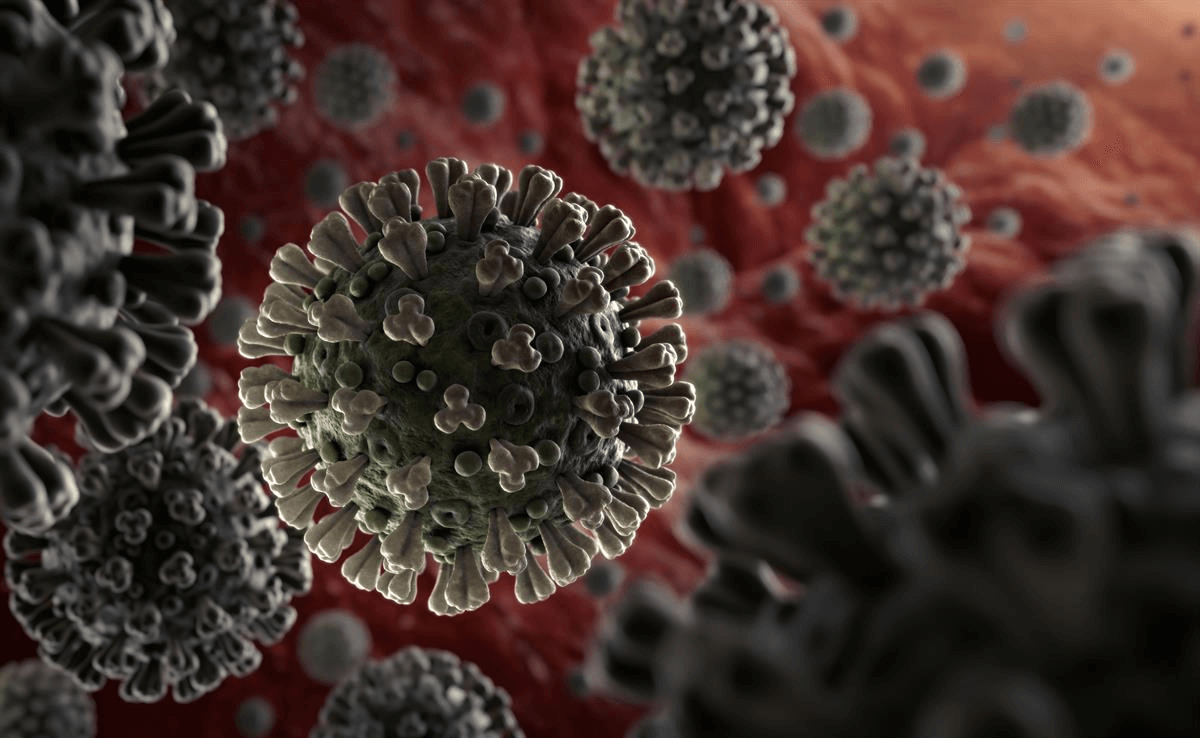
Who would have thought, just a few weeks ago, we would be social distancing, self-isolating, discouraging touch, contact or even a handshake with anyone outside of our homes. Contact for the non key workers is now online via video links and conference calls and social media sites for friends and family. According to Aristotle, human beings are “social animals” and therefore naturally seek the companionship of others as part of their well being. Our situation will undoubtably have a negative effective on the mental health of many and no doubt a reason we’re permitted for an hour each day.
We don’t know how we’ll all react at the end of this or how our working behaviour will be following the pandemic. We’ve proven working from home is not only effective but sustainable and also saving the planet so perhaps we’ll be spending more time at home?
“In recent years, a wave of studies has documented some incredible emotional and physical health benefits that come from touch. This research is suggesting that touch is truly fundamental to human communication, bonding, and health.” – Dacher Keltner 2010
Interestingly, I recall reading that in 2019 a large percentage of workers wanted physical contact banned from the office so sourced the information. The study, published online on 24th April 2019 by Total Jobs stated:
“research by leading jobs board Totaljobs found that three quarters of us (76%) want physical contact reduced, whilst 42% go further and call for an outright ban on some interactions, from the workplace kiss (27%) to wishing hugs were a thing of the past (15%)”.
Given the recent worldwide crisis of the Covid-19 pandemic and 33,257 deaths worldwide as of 11:02 today (Tuesday 31st March 2020), we need to consider what the world and surfaces will look like in years to come. Will we want to shake hands, wear gloves or even touch surfaces along our journey of life??
When looking at the durability of the SARS-Cov-2 virus, according to a new study from National Institutes of Health, CDC, UCLA and Princeton University scientists The virus that causes coronavirus disease 2019 (COVID-19) is stable for several hours to days in aerosols and on surfaces.
In a more recent study from March 2020, The US Centre for Disease Control (CDC) has published a report on the COVID-19 outbreaks on cruise ships, which includes that SARS-CoV-2 RNA was identified on surfaces in cabins up to 17 days after they were vacated.
I’m no expert but I thought viruses needed to live on a host?! Having checked online:
Viruses are microscopic parasites, generally much smaller than bacteria. They lack the capacity to thrive and reproduce outside of a host body.
The primary role of the virus or virion is to “deliver its DNA or RNA genome into the host cell so that the genome can be expressed (transcribed and translated) by the host cell,” according to “Medical Microbiology.”
At the front line of studies on Coronavirus, Professor Edward Holmes, an evolutionary virologist who holds a joint position with the School of Life and Environmental Sciences and the School of Medical Sciences at the University of Sydney has recently published a new paper. The paper says that the SARS-CoV-2 virus is likely to become the fifth endemic coronavirus in the human population. It concludes that “coronaviruses clearly have the capacity to jump species boundaries and adapt to new hosts, making it straightforward to predict that more will emerge in the future.”
If this is what the experts are saying, we need to be prepared for more coronaviruses in the future and we need to know how.
At present the WHO believe the transmission for the viruses is “primarily transmitted between people through respiratory droplets and contact routes. In an analysis of 75,465 COVID-19 cases in China, airborne transmission was not reported.
Droplet transmission occurs when a person is in in close contact (within 1 m) with someone who has respiratory symptoms (e.g., coughing or sneezing) and is therefore at risk of having his/her mucosae (mouth and nose) or conjunctiva (eyes) exposed to potentially infective respiratory droplets. Transmission may also occur through fomites in the immediate environment around the infected person. Therefore, transmission of the COVID-19 virus can occur by direct contact with infected people and indirect contact with surfaces in the immediate environment or with objects used on the infected person (e.g., stethoscope or thermometer).
I was lucky enough to have spoken to Professor Bill Keevil when we discussed an event ProEconomy organised in 2016. Professor Bill Keevil (BSc PhD CBiol FRSB FRSPH FAAM) works at The University of Southampton and who is the Professor of Environmental Healthcare, Principal Investigator (Microbiology & Environmental Health), Director of the Environmental Healthcare Unit, Chair of the University Genetic Modification & Bio-Safety Committee, Chair of the Advisory Committee on the Microbiological Safety of Food. Southampton University are currently carrying out a Research project: Antimicrobial copper: Biocidal efficacy and killing mechanism of copper and copper alloy dry surfaces against bacterial and viral pathogens.
According to the most recent paper regarding Human Coronasvirus 229E: We have shown previously that noroviruses are destroyed on copper alloy surfaces. In this new study, human coronavirus 229E was rapidly inactivated on a range of copper alloys (within a few minutes for simulated fingertip contamination) and Consequently, copper alloy surfaces could be employed in communal areas and at any mass gatherings to help reduce transmission of respiratory viruses from contaminated surfaces and protect the public health.
As a founding member of the copper task force (part of the EU BPR), ProEconomy are looking at using copper touch surfaces for use within public areas. We are currently working with designers to create stylish, functional and more importantly, anti-microbial surfaces for safer communal areas to be launched in the next few weeks. Hopefully we can play our part in delivering an environment where we feel comfortable to move around (with or without un-environmentally friendly plastic gloves!).
Sadly, since starting this article after 11:02, another 416 deaths were recording in 2h55 mins (WHO rolling updates). We have yet to see how this situation will evolve but for now reach out to those on their own or self-isolating, Stay home, Stay safe and protect our NHS.
Sonia King
ProEconomy
sonia@proeconomy.com
References
National Institute of Allergy and Infectious Diseases (NIAID)
The New England Journal of Medicine
Total Jobs website
Science Media centre
Live Science
World Health Organisation
The Lancet
Estimates of the severity of coronavirus disease 2019: a model-based analysis
Robert Verity, PhD, Lucy C Okell, PhD, Ilaria Dorigatti, PhD, Peter Winskill, PhD, Charles Whittaker, MSc, Natsuko Imai, PhD et al
Air, surface environmental, and personal protective equipment contamination by severe acute respiratory syndrome coronavirus 2 (SARS-CoV-2) from a symptomatic patient. JAMA. 2020 Mar 4 [Epub ahead of print].
Ong SW, Tan YK, Chia PY, Lee TH, Ng OT, Wong MS, et al.
Human Coronavirus 229E Remains Infectious on Common Touch Surface Materials
Sarah L. Warnes, Zoë R. Little, and C. William Keevil November 2015
Evidence that contaminated surfaces contribute to the transmission of hospital pathogens and an overview of strategies to address contaminated surfaces in hospital settings.
Otter JA1, Yezli S, Salkeld JA, French GL. May 2013
Inactivation of norovirus on dry copper alloy surfaces.
Warnes SL1, Keevil CW. September 2013

